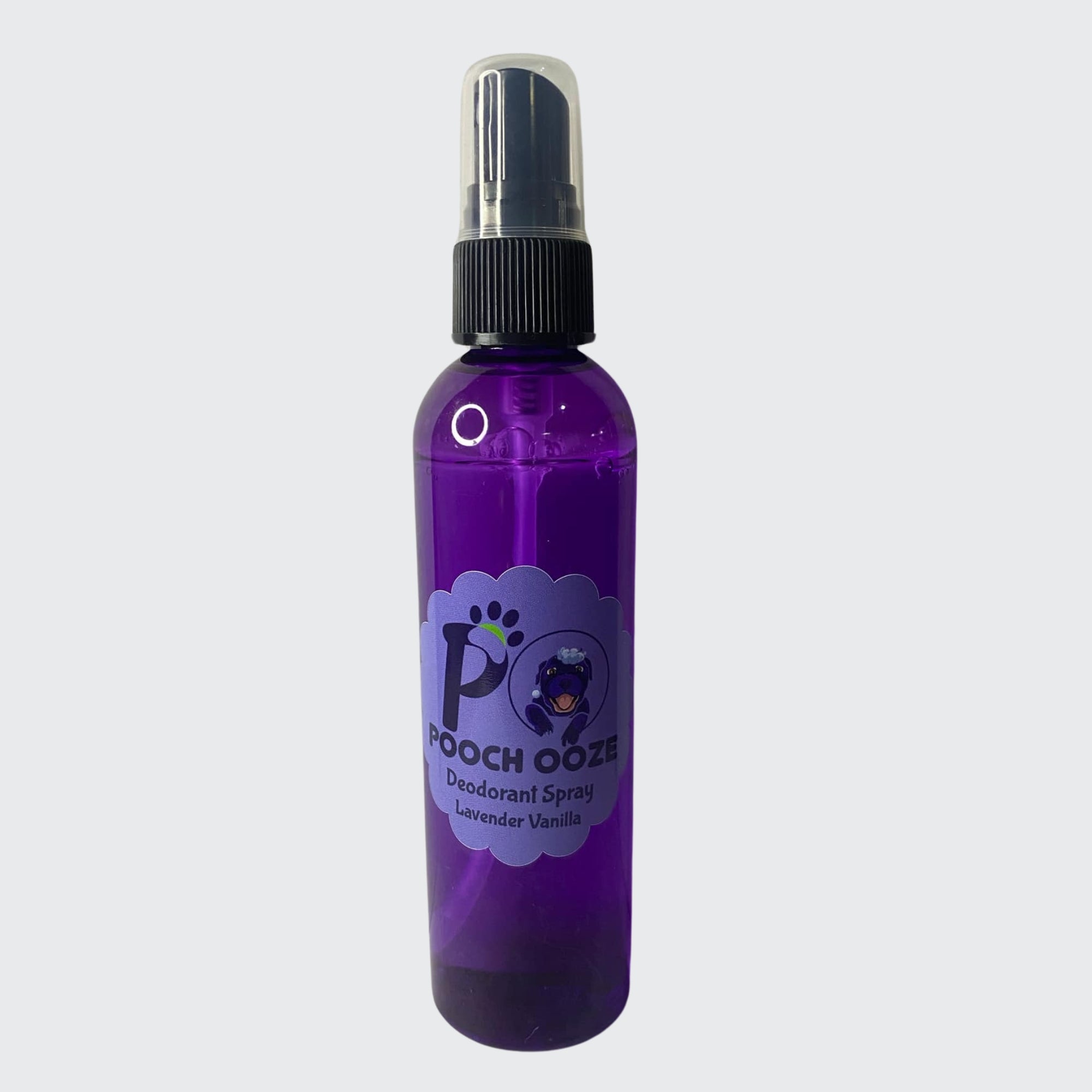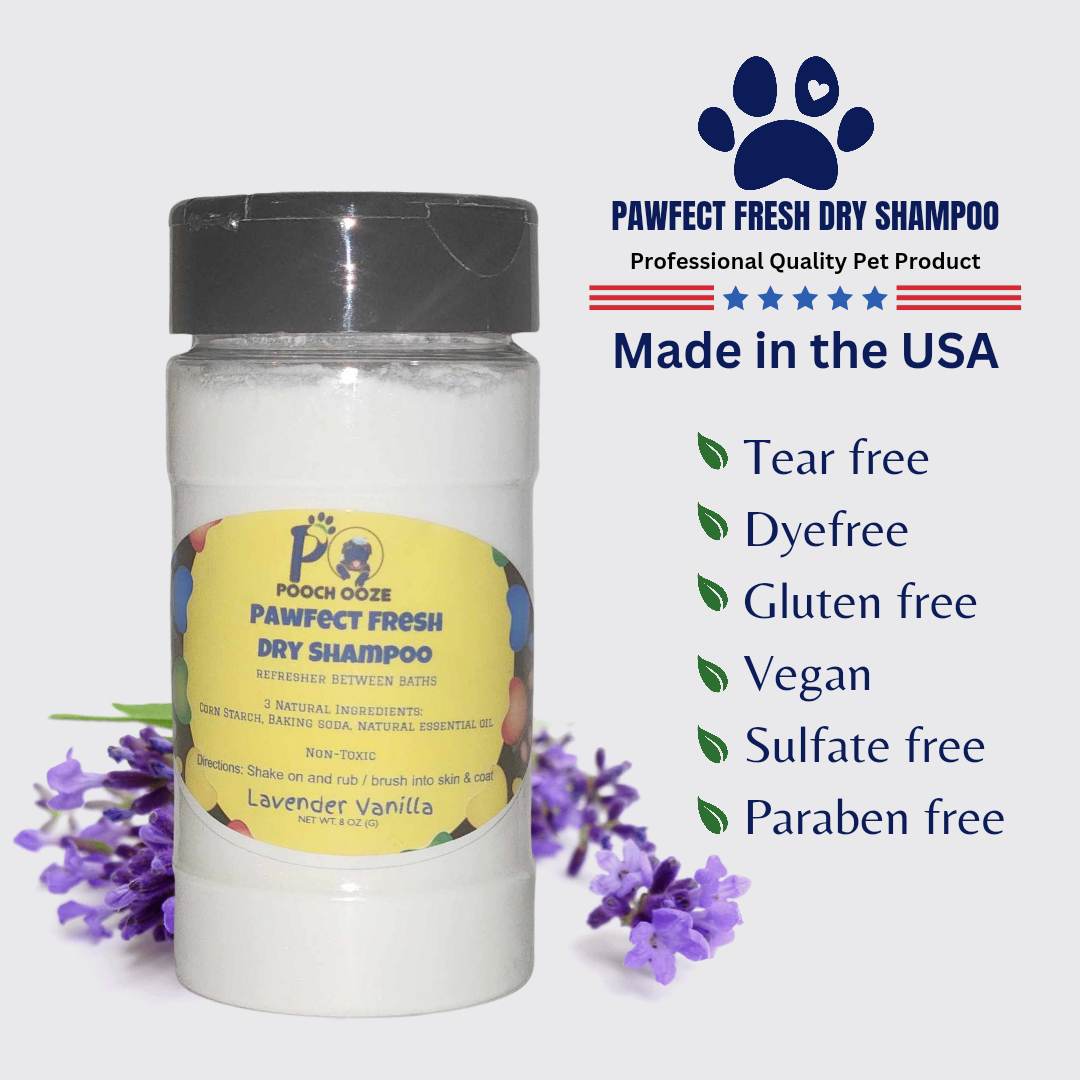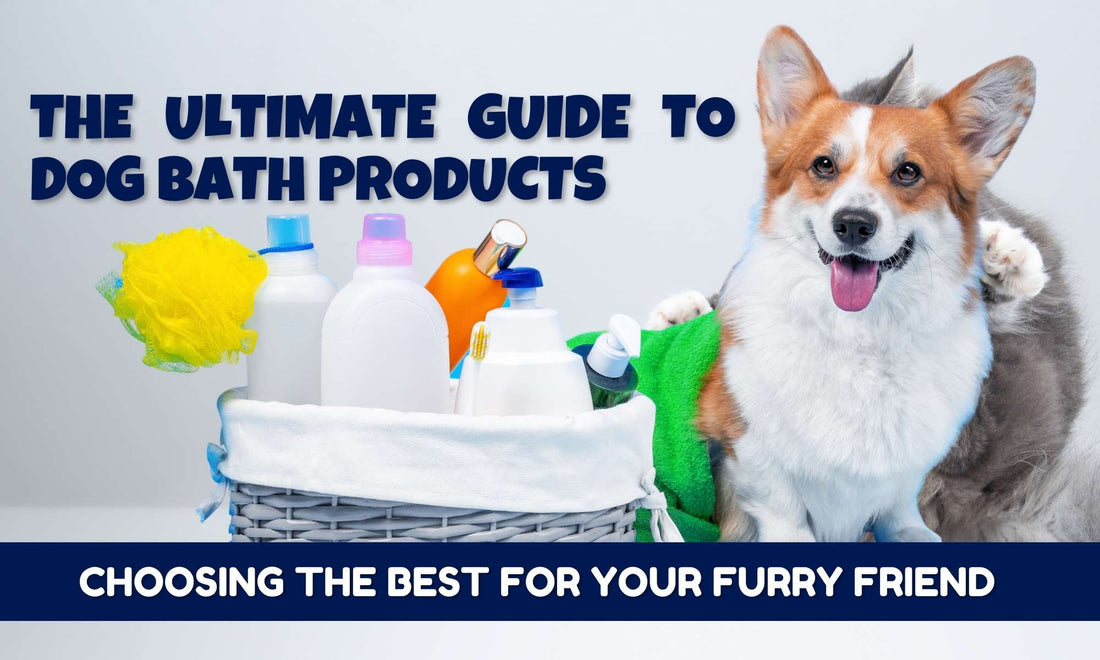Keeping our beloved furry friends clean and fresh is an essential part of responsible pet ownership. Regular baths not only help maintain their hygiene but also contribute to their overall health and well-being. However, with a plethora of dog bath products available in the market, choosing the right ones can be overwhelming. In this comprehensive guide, we will explore the world of dog bath products and provide insights on selecting the best options for your canine companion.
The Importance of Dog Bathing:
Before delving into the realm of dog bath products, it is crucial to understand why bathing is vital for your four-legged friend. Regular bathing helps remove dirt, debris, and parasites from their coat, reducing the risk of skin infections and infestations. Bathing also helps control odors and keeps their skin moisturized, promoting a healthy and shiny coat.
Understanding Your Dog's Skin and Coat:
Every dog is unique, and understanding your dog's skin and coat type is crucial in selecting the right bath products. Some dogs have sensitive skin that requires gentle formulations, while others may have specific needs such as hypoallergenic or medicated shampoos. Factors such as breed, age, and any existing skin conditions should be taken into consideration.
Types of Dog Bath Products:
a) Shampoos:
Dog shampoos come in various formulations, including moisturizing, deodorizing, and flea and tick control. We will explore the different types of shampoos available and discuss their benefits for different coat types and conditions.
b) Conditioners:
Conditioners help detangle and soften the dog's coat, making it easier to groom. We will delve into the world of conditioners and discuss how they can contribute to a healthier and shinier coat.
Detangling and Smoothing Benefits: One of the primary functions of conditioners is to detangle the dog's coat. Long-haired breeds, such as Golden Retrievers or Afghan Hounds, often experience tangles and mats that can be quite challenging to remove. Conditioners are formulated with special ingredients that work to untangle knots, making the grooming process much easier and more comfortable for both the dog and the groomer.
Additionally, conditioners have smoothing properties that help reduce frizz and flyaways, leaving the coat silky and soft to the touch. By applying a quality conditioner, you can transform a coarse and unruly coat into a sleek and luxurious one.
Moisturization and Hydration: Just like our own hair, a dog's coat can suffer from dryness, especially in harsh weather conditions or with frequent bathing. Conditioners are designed to provide much-needed moisture and hydration to the coat, preventing it from becoming brittle and prone to breakage.
The ingredients in conditioners, such as natural oils and humectants, work together to replenish the coat's moisture balance, ensuring it remains healthy and supple. This hydration not only improves the overall appearance of the coat but also helps alleviate the itching and discomfort that can arise from dryness.
Protection against Damage: Dogs lead active lives, and their coats are often exposed to various environmental factors that can cause damage. Conditioners act as a protective shield, forming a thin layer over the hair shafts to safeguard them from external aggressors like UV rays, pollutants, and harsh chemicals.
Moreover, conditioners help to seal the cuticles, which are the outermost layer of the hair shaft. This sealing effect prevents moisture loss and reduces the absorption of dirt and debris, keeping the coat cleaner for longer periods of time.
Enhancing Shine and Vibrancy: If you dream of a dog with a glossy and vibrant coat, conditioners can help you achieve that desired look. By nourishing the hair follicles and promoting a healthy scalp, conditioners contribute to the overall health of the coat, resulting in improved shine and radiance.
The ingredients found in conditioners, such as botanical extracts and vitamins, work synergistically to revitalize the coat's natural luster. Regular use of conditioners not only enhances the appearance of the coat but also supports its long-term health and vitality.
Conditioners are invaluable tools for maintaining a dog's coat in optimal condition. From detangling and softening to moisturizing and protecting, these products offer a wide range of benefits that contribute to a healthier, more manageable, and shinier coat. By incorporating conditioners into your dog's grooming routine, you can help them look and feel their best while nurturing their natural beauty.
c) Wipes and Sprays:
In addition to traditional bath products, there are wipes and sprays designed to freshen up your dog between baths. These products can be convenient for quick touch-ups and help maintain cleanliness.
d) Brushes and Combs:
Grooming tools play a significant role in keeping your dog's coat healthy. We will explore different types of brushes and combs and provide guidance on selecting the right ones based on your dog's coat type.
Factors to Consider When Choosing Dog Bath Products:
a) Ingredients: Understanding the ingredients used in dog bath products is crucial to avoid potential allergies or adverse reactions. We will highlight key ingredients to look for and those to avoid.
b) Safety: Ensuring the safety of the products you use on your dog is paramount. We will discuss how to identify reputable brands, look for certifications, and evaluate product labels for important information.
c) Eco-Friendliness: As responsible pet owners, many of us strive to make eco-conscious choices. We will explore eco-friendly dog bath product options and discuss their benefits for the environment.
Tips for a Successful Dog Bathing Routine:
To make bath time a pleasant experience for both you and your dog, it's essential to establish a successful bathing routine. By following a few tips and tricks, you can create a calm and enjoyable atmosphere that will transform bath time into a bonding experience. Let's explore some suggestions to help make bath time a breeze:
Prepare the Bathing Area: Before bringing your dog into the bathroom, ensure you have everything you need within reach. Gather towels, shampoo, conditioner, a brush, and any other grooming tools you may require. Fill the bathtub or a suitable container with lukewarm water, making sure it's neither too hot nor too cold. Remember, a comfortable temperature is key to keeping your dog relaxed during the bath.
Introduce Positive Associations: Help your dog associate bath time with positive experiences by offering treats, praise, and rewards throughout the process. Start by allowing your dog to explore the bathroom calmly and rewarding them with treats and kind words. Gradually introduce them to the sound of running water and provide rewards for calm behavior. These positive associations will help your dog feel more comfortable and cooperative during bath time.
Use a Non-Slip Mat: Place a non-slip mat or towel at the bottom of the tub to provide your dog with better traction. This will help prevent them from slipping and feeling anxious or fearful during the bath. A secure footing will contribute to their overall sense of safety and relaxation.
Start with Gentle Touches: Begin the bathing process by slowly and gently wetting your dog's body using a handheld showerhead or a pitcher. Avoid spraying water directly into their faces, as this can be uncomfortable for some dogs. Instead, use a damp cloth to clean their face, being careful around the eyes and ears. Gradually introduce the shampoo, lathering it into a gentle foam and massaging it into the coat with soft strokes. Remember to use a dog-specific shampoo that suits their coat type and needs.
Rinse Thoroughly: Proper rinsing is crucial to ensuring all the shampoo and conditioner are removed from your dog's coat. Leaving any residue behind can lead to skin irritation and discomfort. Take your time to thoroughly rinse your dog, ensuring no product remains. Pay extra attention to hard-to-reach areas, such as under the belly and between the toes.
Maintain a Calm Atmosphere: Throughout the bath, maintain a calm and soothing tone. Speak softly to your dog, offering reassurance and praise. Avoid sudden movements or loud noises that may startle them. By creating a serene environment, you can help your dog relax and associate bath time with a sense of tranquility.
End on a Positive Note: Once the bath is complete, reward your dog with treats, verbal praise, or a favorite toy. This positive reinforcement will reinforce their good behavior and make them more willing to cooperate during future baths. Ensure your dog is fully dry before allowing them to leave the bathing area to prevent slipping on wet floors.
Every dog is unique, and it may take time for them to adjust to the bathing routine. Patience and consistency are key. With practice and positive reinforcement, you can turn bath time into a pleasant bonding experience for both you and your furry friend.
How often should I bathe my dog?
The frequency of baths depends on various factors such as your dog's breed, activity level, and coat type. Generally, dogs with normal skin can be bathed once every 4-6 weeks. However, some breeds may require more frequent baths, while others may need them less often. It's best to consult with your veterinarian for specific recommendations based on your dog's individual needs.
Can I use regular human shampoo on my dog?
No, it is not recommended to use regular human shampoo on dogs. Human shampoos are formulated for the pH level of human skin, which is different from that of dogs. Using human shampoo can disrupt the natural balance of oils on your dog's skin, leading to dryness, irritation, and potential skin problems. It is best to use dog-specific shampoos that are specially formulated for their needs.
How do I choose the right shampoo for my dog?
When selecting a shampoo, consider factors such as your dog's skin type, coat condition, and any specific concerns or sensitivities they may have. For example, if your dog has dry skin, look for a moisturizing shampoo. If your dog has allergies, consider hypoallergenic options. Consulting with your veterinarian or a professional groomer can help you choose the most suitable shampoo for your dog's individual needs.
Are there any specific ingredients I should avoid in dog shampoos?
Yes, certain ingredients can be harmful or irritating to dogs. Common ingredients to avoid include artificial fragrances, sulfates, parabens, and phthalates. Additionally, some dogs may be sensitive to specific ingredients such as tea tree oil or oatmeal. Always read the product labels and avoid shampoos that contain ingredients known to cause adverse reactions in dogs.
Can I use dog conditioner on my dog's coat?
Yes, using a conditioner on your dog's coat can help detangle and soften the fur, making it easier to groom. Look for conditioners specifically formulated for dogs, as they are designed to be gentle and safe for canine use. Follow the instructions on the product for the recommended application and rinsing process.
Are there any alternatives to traditional baths for dogs?
Yes, there are alternatives such as waterless shampoos, wipes, and dry powders that can be used to freshen up your dog between baths. These products are convenient for quick touch-ups, especially for dogs who dislike or have difficulty with traditional baths. However, regular baths are still necessary for thorough cleaning.
Remember, if you have specific concerns or questions about dog bath products or your dog's grooming routine, it's always best to consult with your veterinarian or a professional groomer for personalized advice and guidance.
Finding the right dog bath products is crucial for maintaining your dog's hygiene and ensuring their overall well-being. By understanding your dog's specific needs and considering factors such as skin type, product safety, and eco-friendliness, you can make informed choices when selecting bath products. Remember, regular baths using appropriate products will contribute to a healthy, happy, and clean furry companion.



